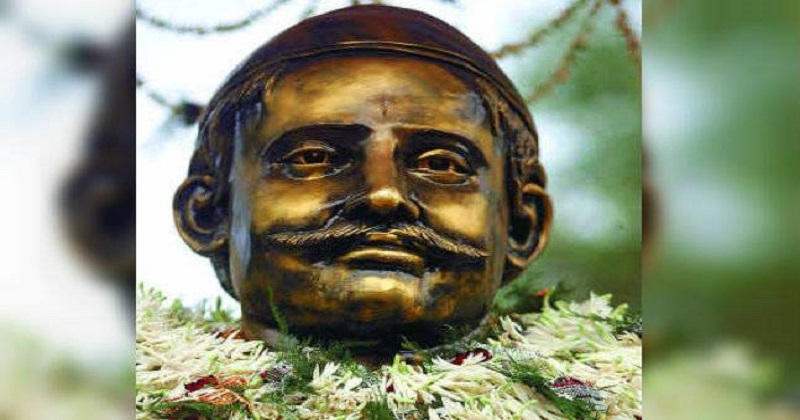
Mangal Pandey is most notably remembered for standing up against the British rule and sparking the Indian rebellion of 1857, which went on to inspire the struggle for Independence in India.
The sepoys had been issued with a new Enfield rifle. In order to use the rifle, the soldier had to bite off the end of a lubricated cartridge before inserting the powder into the weapon. The problem was that the grease used to seal the cartridge was made from animal fat – both cow, a sacred beast to Hindus, and pork, an insult to the Muslim soldiers.
The East India Company, the monolithic, monopolizing commercial company that conducted trade in India and had become the de facto rulers of India acting on behalf of the British government, made amends by substituting the forbidden fats with that of sheep or beeswax. Too late. The sepoys saw it as a deliberate ploy to undermine their respective religions and to convert them, through this perfidious route, to Christianity. The fact this was not the case did nothing to squash the rumour.
On 29 March 1857, also at Barrackpore, the 29-year-old sepoy Mangal Pandey, staged, in effect, a one-man rebellion. Born 19 July 1827, Mangal Pandey had joined the 34th Bengal Native Infantry regiment of the British East India Company, aged 22, in 1849.
Mangal Pandey apparently stoned with opium and brandishing a sword and a musket on a parade ground, urged his fellow sepoys to rebel and vowed to kill the first white person he saw. Sure enough, when a mounted British officer appeared on the scene, Pandey shot at him but managed only to fell the horse. He then slashed at the officer with his sword, injuring him, and next wounding the officer’s adjutant. Another officer ordered a junior native officer to subdue and arrest Pandey but was met with refusal.
An officer in charge, General Hearsay, who later described Pandey as having being in the throes of a ‘religious frenzy’, appeared on the scene and, waving his pistol, managed to restore order. Pandey, finding himself alone, turned his musket on himself, pressed it against his chest, and, using his toe, pulled the trigger. Although injured and having set his tunic ablaze, he failed to kill himself and was promptly arrested.
Pandey was court martialled on 6 April. At his hearing he insisted he had acted alone and in the name of India. He was due to be hanged on 18 April but the British, fearful of further unrest, brought forward the date of execution and Pandey was hanged on 8 April 1857.
Deemed unreliable and a disgrace, Pandey’s regiment was disbanded but Pandey had become a martyr to the rebels’ cause. Pandey’s rebellion inspired many Indians to raise their voice against the oppression of the British rule in India, which later took the form of a major revolution.

Post Your Comments